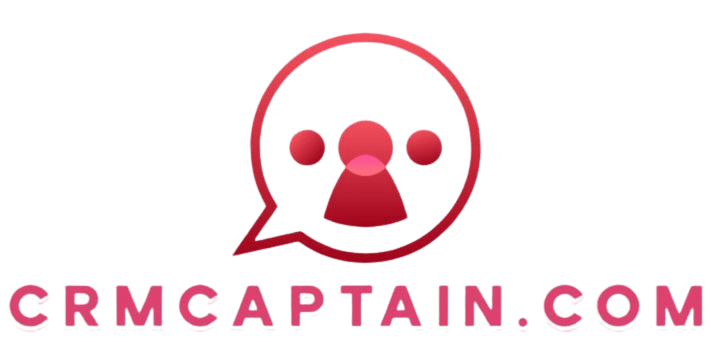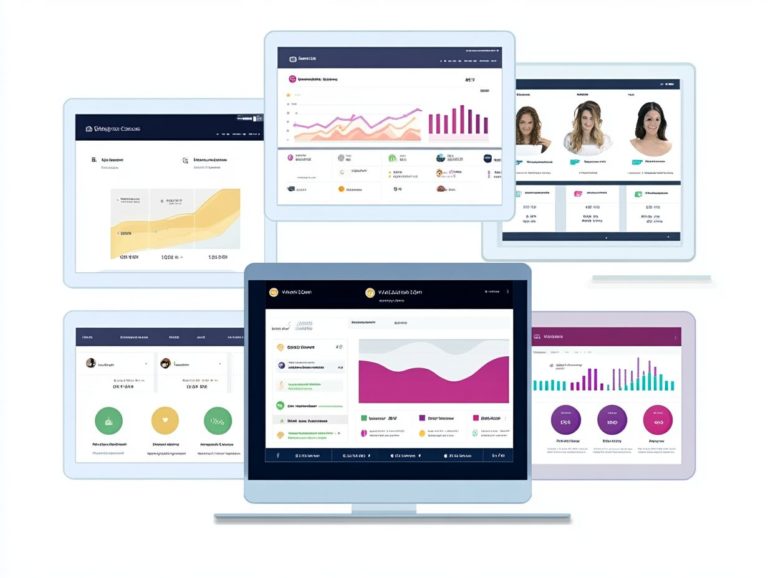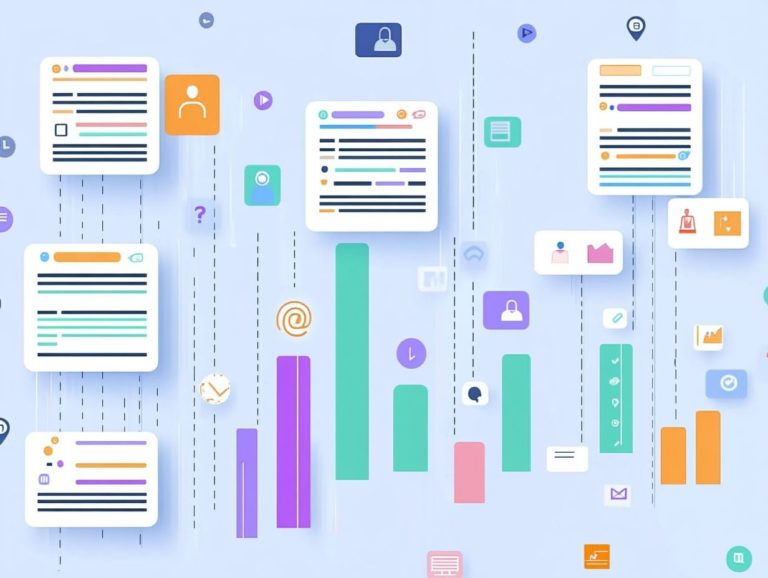Comparing CRM Workflows: Which is More Efficient?
In today s fast-paced business landscape, grasping Customer Relationship Management (CRM) workflows is crucial for streamlining operations and elevating customer relations.
This article delves into the various types of CRM workflows and sheds light on the distinctions between automated and manual processes. You ll discover key factors to consider when selecting the right workflow tailored to your business needs.
We will also explore how easy it is to implement and integrate with your existing systems, empowering you to make well-informed decisions for your organization.
Contents
Key Takeaways:
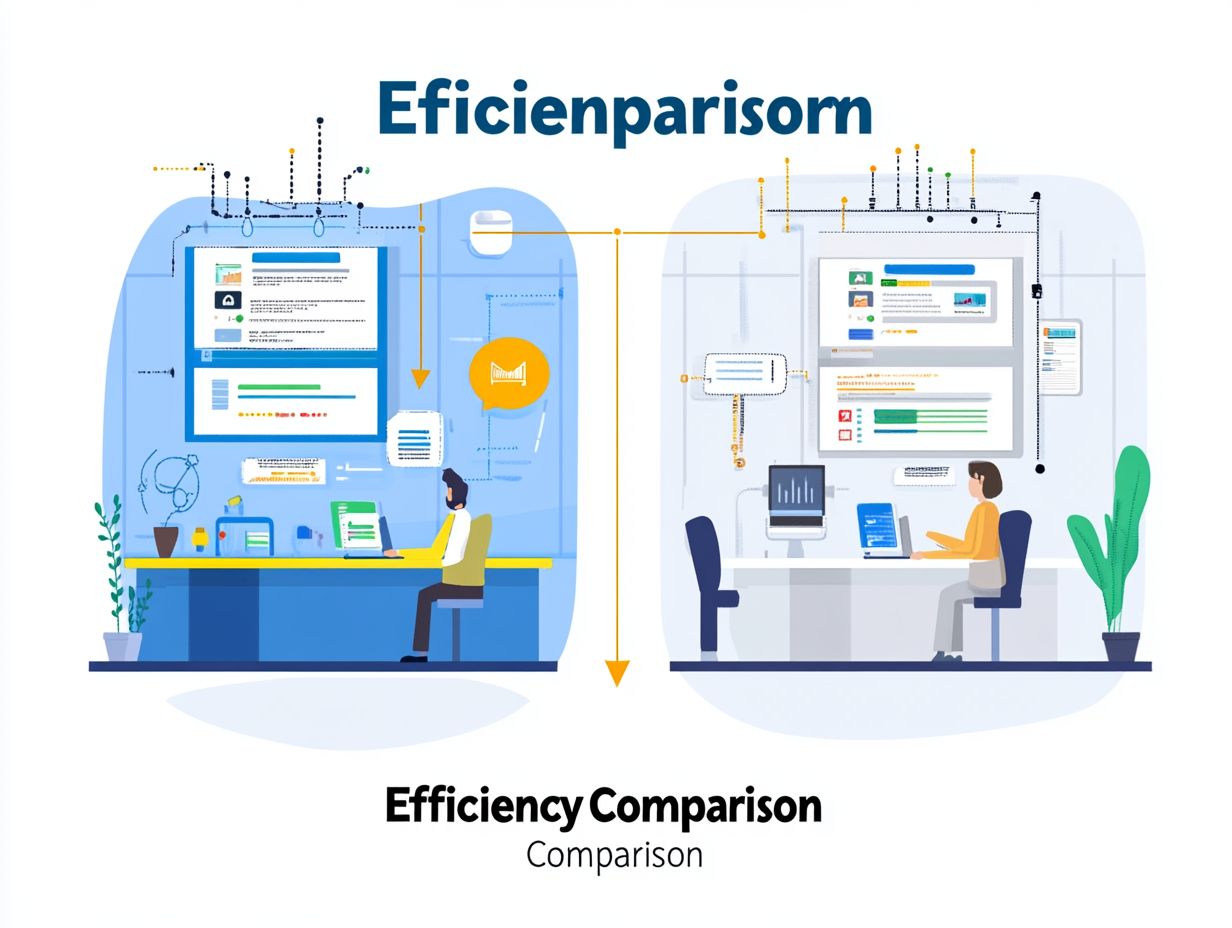
- Automated workflows save time and reduce errors by automating repetitive tasks, making them more efficient compared to manual workflows.
- When choosing a CRM workflow, consider your business needs, goals, and software capabilities to ensure the most efficient option.
- The implementation and integration process of a CRM workflow can affect its overall efficiency, so choose a system that is easy to implement and integrates well with other systems.
What are CRM Workflows?
CRM workflows are carefully designed processes that enhance your management of customer relationships through automation and systematic organization within diverse CRM systems.
These workflows are vital for improving your business efficiency. They ensure that your sales processes, marketing automation, and customer service strategies align seamlessly with your customer journey objectives.
By leveraging CRM capabilities, you can streamline operations, enhance task management, and uncover valuable customer insights that propel your business growth.
Types of CRM Workflows
There are two main types of CRM workflows: automated and manual, each serving distinct roles in enhancing customer relationship management systems.
Automated workflows harness CRM integration and automation to simplify and streamline your business processes.
Manual workflows, on the other hand, rely on your input to manage tasks, especially in contact management and customer support.
Automated Workflow
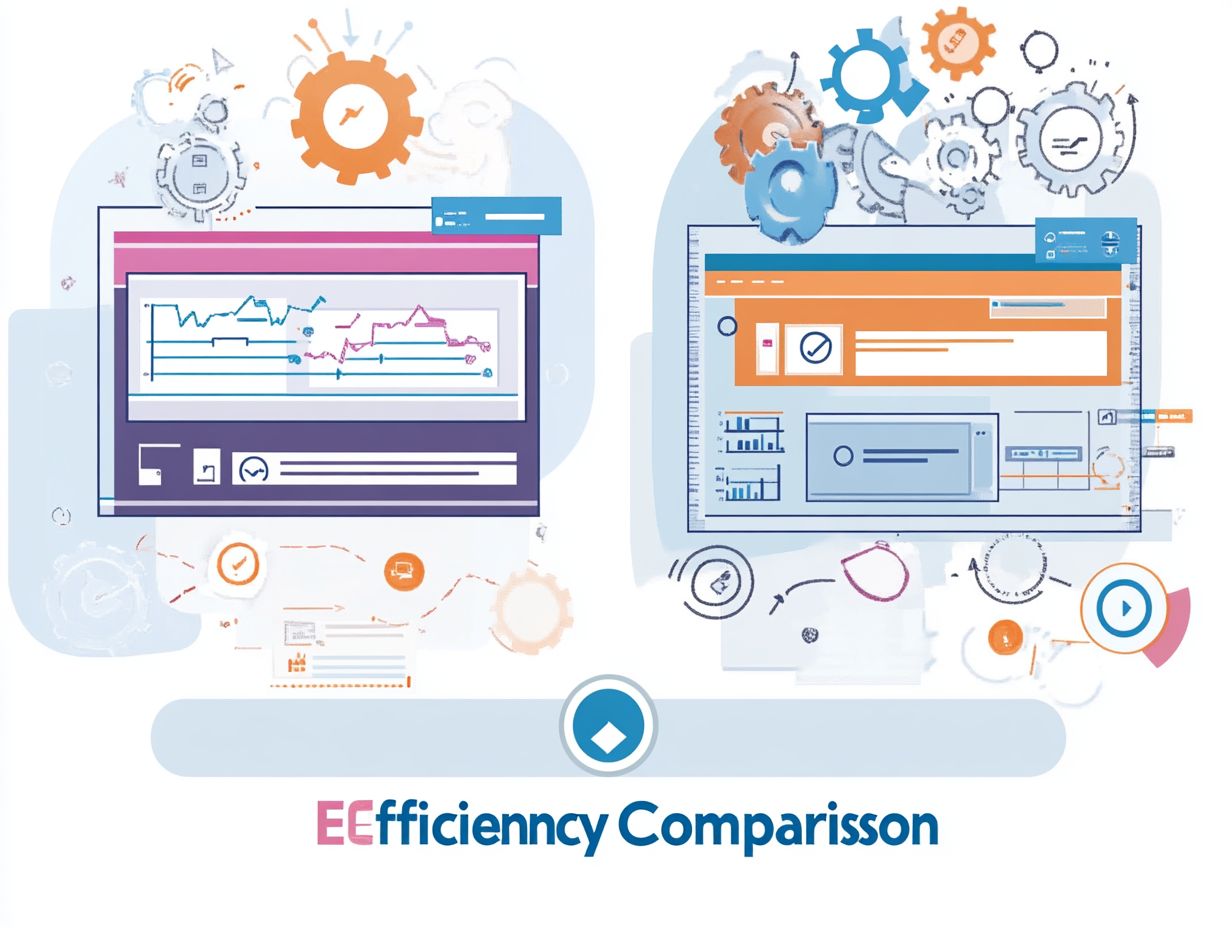
An automated workflow in your CRM system enhances business efficiency by taking over repetitive tasks like lead qualification and follow-ups. This automation can significantly improve your sales tracking and customer engagement.
Such technology streamlines your sales process and ensures that no opportunity slips through the cracks. For example, marketing automation tools can schedule personalized email campaigns, tailoring your messaging based on customer behavior and preferences.
These workflows ensure you communicate at the right time, every time! They nurture leads as they progress through the sales funnel while providing valuable insights into user interactions.
As a result, you can cultivate stronger customer relationships, boost retention rates, and drive overall revenue growth. The ability to analyze data from these automated processes can guide your strategic decisions and refine your marketing efforts.
Manual Workflow
A manual workflow requires your involvement and excels in situations where personalized engagement and customer support are essential for nurturing customer relationships.
This approach gives you the power to customize each interaction according to individual customer needs, fostering a deeper connection and enhancing overall satisfaction.
When executed effectively, manual workflows streamline processes that benefit both your organization and your clients. This creates a more efficient user experience.
By ensuring that key touchpoints are managed by dedicated personnel rather than automated systems, you can address specific concerns or inquiries, cultivating trust and loyalty in the process.
Engaging customers through manual workflows also enhances data collection, leading to insights that refine your CRM strategies and ultimately drive growth.
Factors to Consider When Choosing a CRM Workflow
Selecting the ideal CRM workflow requires a thoughtful evaluation of several factors, with a primary emphasis on your organization’s unique business needs and objectives.
It’s essential to align these requirements with the diverse capabilities offered by various CRM solutions available in the market.
Explore CRM options today to find the perfect fit for your business!
Business Needs and Goals
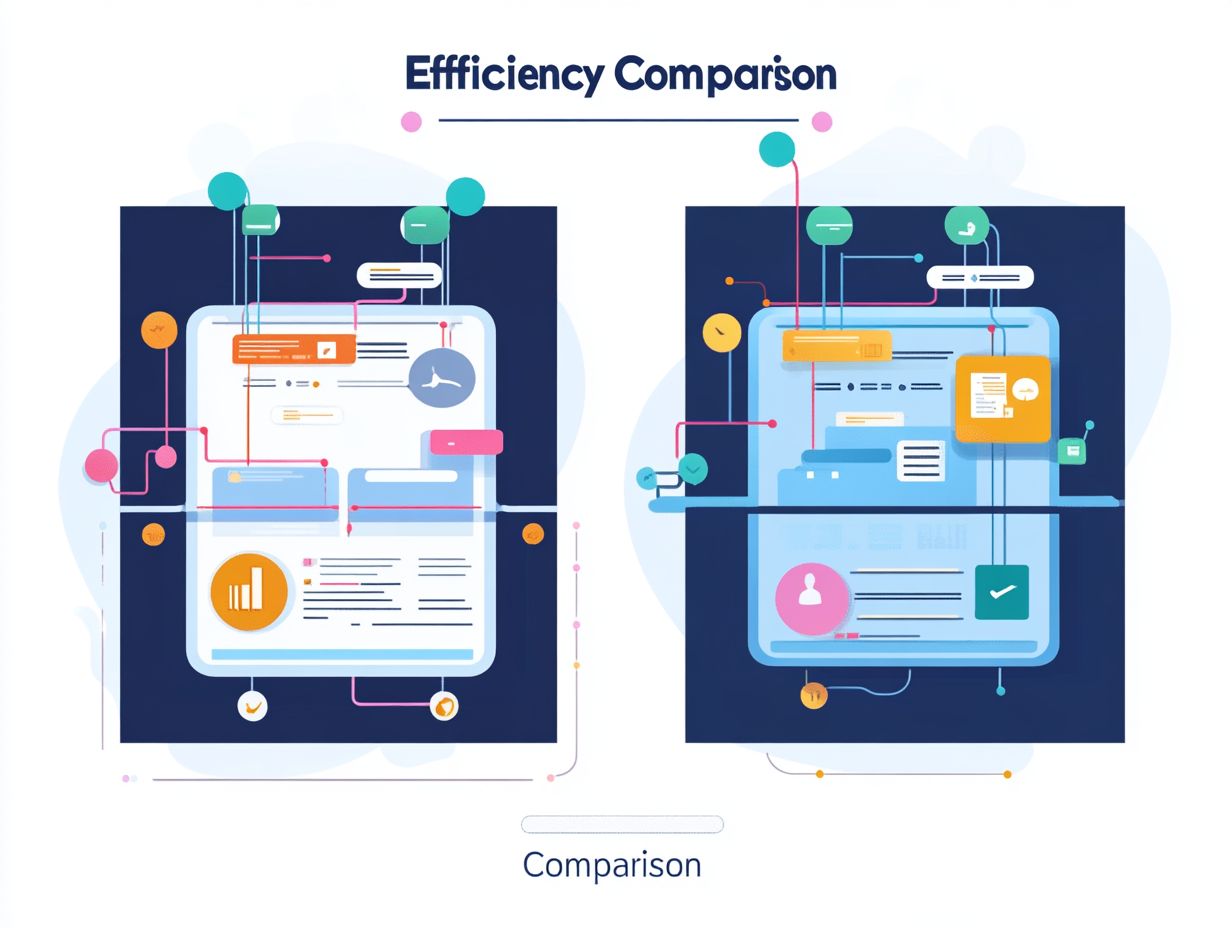
Understanding your business needs and goals is essential for choosing the right CRM workflow. This alignment helps your customer relationship management strategy.
Take time to define specific objectives. For instance, keeping customers happy or getting more customers can help tailor your CRM system.
This thoughtful approach streamlines operations and provides valuable insights into customer behaviors and preferences. Selecting the right CRM workflow empowers you to create targeted marketing campaigns and improve interactions.
Analyzing customer feedback alongside your goals refines your selection process. This ensures the system meets your unique business needs.
Software Capabilities
The software capabilities of a CRM system shape your workflows’ effectiveness. This is especially true for automation tools and data management features.
A robust CRM must integrate smoothly with your existing tech. This integration keeps records accurate and enhances operational efficiency.
Ease of use is crucial. It allows your team to adapt quickly without extensive training.
Comprehensive analytics tools help track performance metrics. This lets you uncover trends and make smart, data-driven decisions.
Together, these capabilities lead to a more streamlined process, improving outcomes for sales and customer service teams.
Efficiency Comparison of CRM Workflows
Comparing CRM workflows reveals essential differences in time savings and error reduction. Learning how to choose the right CRM workflow for your needs can profoundly impact your business performance and customer satisfaction.
Time Savings
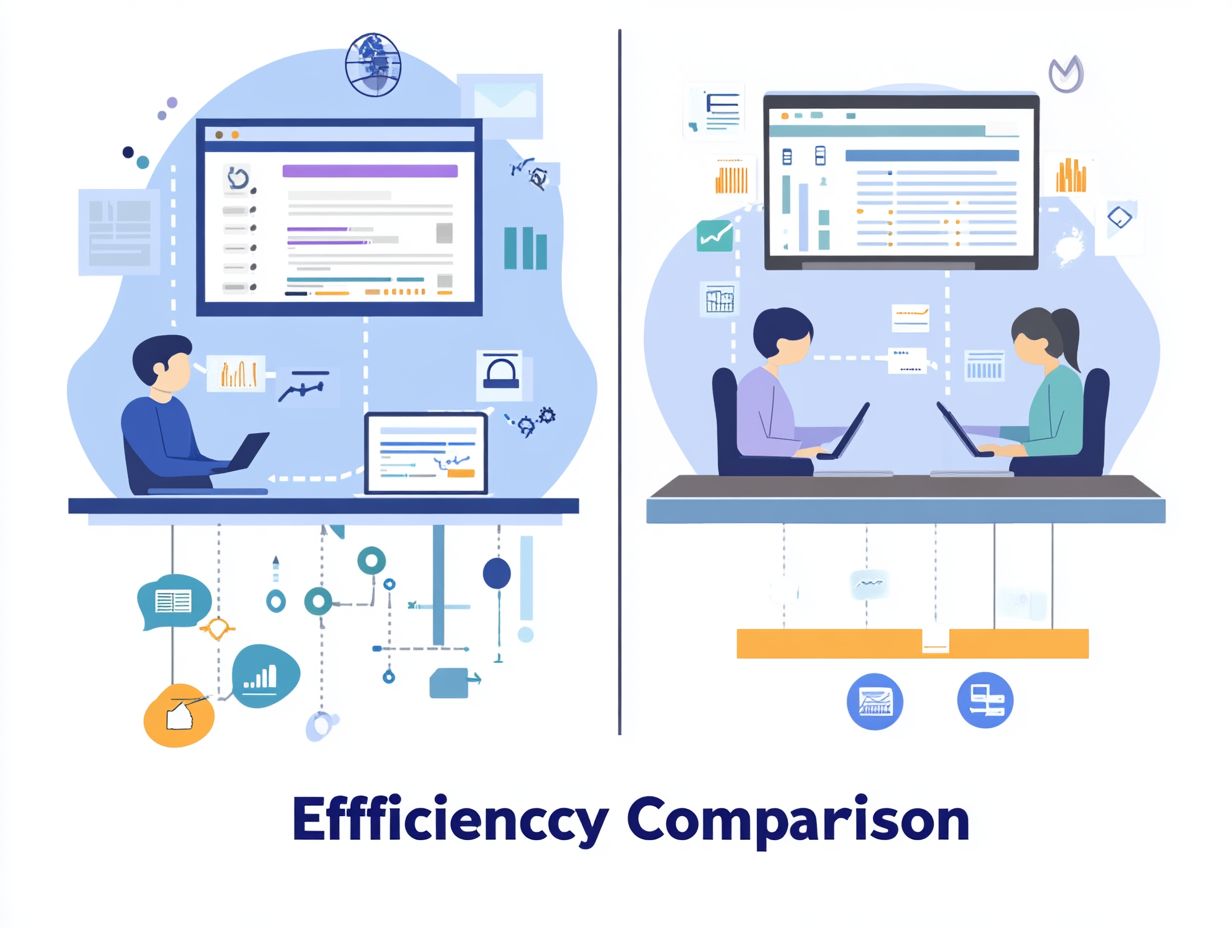
Automated workflows in CRM software save significant time. This allows you to eliminate repetitive tasks and focus on strategic activities.
For example, automating lead scoring frees up valuable hours each week. Your sales team spends this time on evaluating potential clients.
Scheduling follow-up emails based on customer interactions ensures timely communication. It also streamlines your sales process.
Implementing automated data entry reduces human error and administrative burdens. This ultimately boosts your operational efficiency.
By integrating these tasks, you enhance productivity and create an agile work environment. This enables your team to innovate and respond quickly to market changes.
Error Reduction
Error reduction is a standout benefit of efficient CRM workflows. Properly designed automated systems significantly cut down human errors.
Using features like real-time analytics allows you to monitor performance metrics instantly. This makes it easier to catch errors before they become bigger issues.
These insights empower you to make informed decisions, reducing mistakes. Effective task management tools streamline processes by clearly assigning roles to team members.
This clarity minimizes confusion and fosters accountability. Everyone knows exactly what is expected of them.
As a result, organizations using CRM systems can boost productivity and accuracy.
Implementation and Integration
Implementing and integrating CRM workflows into your business processes are crucial steps. They significantly influence the success of your customer relationship management efforts.
Ease of Implementation
The ease of implementing Customer Relationship Management (CRM) software is a critical factor that can shape its adoption and effectiveness within your organization.
When your teams encounter user-friendly designs and intuitive interfaces, the barriers to integrating such software diminish significantly. This streamlined approach allows employees to familiarize themselves with the system quickly, reducing the learning curve that often accompanies new technology.
An effective design minimizes errors during data entry and enhances collaboration across departments. This leads to smoother transitions and improved user experiences, boosting satisfaction and productivity.
These elements work in harmony, ensuring that the CRM system not only integrates seamlessly but also evolves into a valuable asset for nurturing customer relationships and driving business growth.
Integration with Other Systems
Integration with other systems is crucial for your CRM workflows, ensuring seamless connectivity within your broader tech stack and enhancing overall business efficiency.
By fostering this connection, you can streamline processes, reduce manual data entry, and improve the accuracy of your information.
When your CRM solutions are integrated with essential business applications like marketing automation, accounting software, and customer support systems you empower your teams to share valuable insights and collaborate more effectively.
This cohesive tech stack promotes better communication across departments and enables you to make data-driven decisions, ultimately enhancing customer satisfaction and loyalty.
This synergy empowers your business to swiftly adapt to changing market demands while maximizing operational capabilities.
Frequently Asked Questions
What is a CRM workflow?
A CRM workflow is a series of automated actions or steps designed to streamline and improve the customer relationship management process. It helps to save time and ensure consistency in how customer interactions are handled.
How does a CRM workflow improve efficiency?
A CRM workflow improves efficiency by automating repetitive tasks and streamlining processes, reducing the need for manual data entry and human error. It also helps to prioritize tasks and ensure that customer interactions are handled in a timely and consistent manner.
What are the main factors to consider when comparing CRM workflows?
When comparing CRM workflows, some main factors to consider include the level of automation and customization, integration capabilities with other systems, ease of use, and the ability to track and analyze data to improve processes, such as understanding what a CRM workflow is.
Which is more efficient: a pre-built or a customized CRM workflow?
It depends on the specific needs and goals of your business. A pre-built CRM workflow may be more efficient and time-saving for smaller businesses or those with simpler processes, while a customized CRM workflow can be tailored to fit the unique needs of larger businesses or those with more complex processes. For detailed insights, you can refer to how to create effective CRM integration workflows.
What are the advantages of using a cloud-based CRM workflow?
A cloud-based CRM workflow offers the advantage of remote access, allowing team members to access and update information from anywhere with an internet connection. It also eliminates the need for expensive hardware and IT support, and allows for easy scalability as the business grows.
How do I determine which CRM workflow is more efficient for my business?
The best way to determine which CRM workflow is more efficient for your business is to first identify your specific needs and goals, and then compare different options based on the factors mentioned earlier. It may also be helpful to ask for recommendations from other businesses in your industry or to consult with a CRM expert on creating effective CRM workflows for your business.
For more information or to explore CRM solutions tailored for your organization, feel free to reach out!
